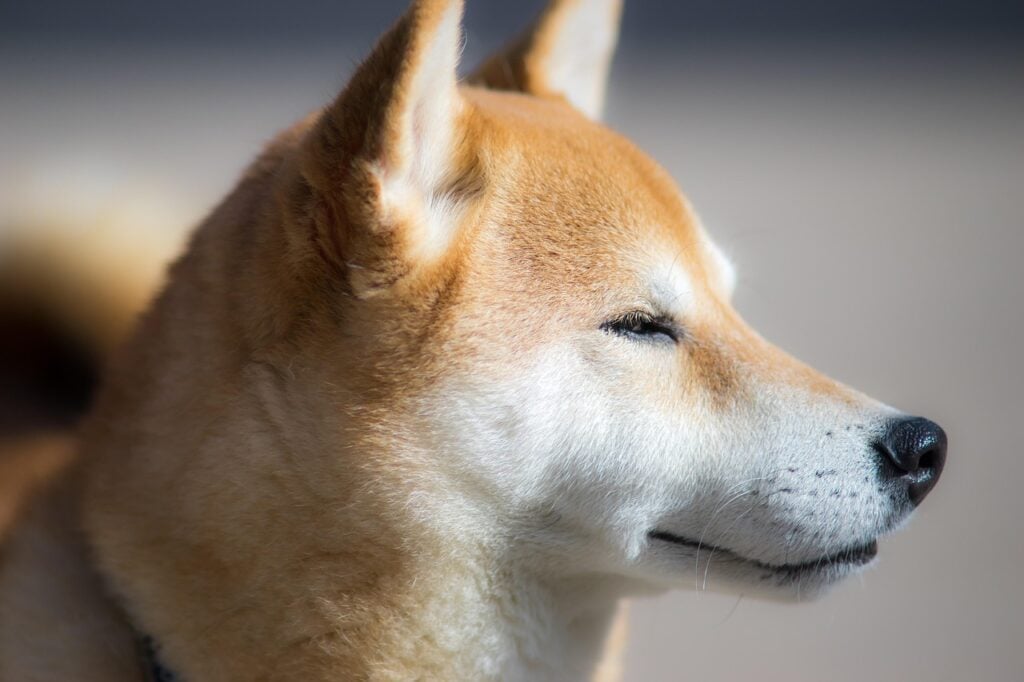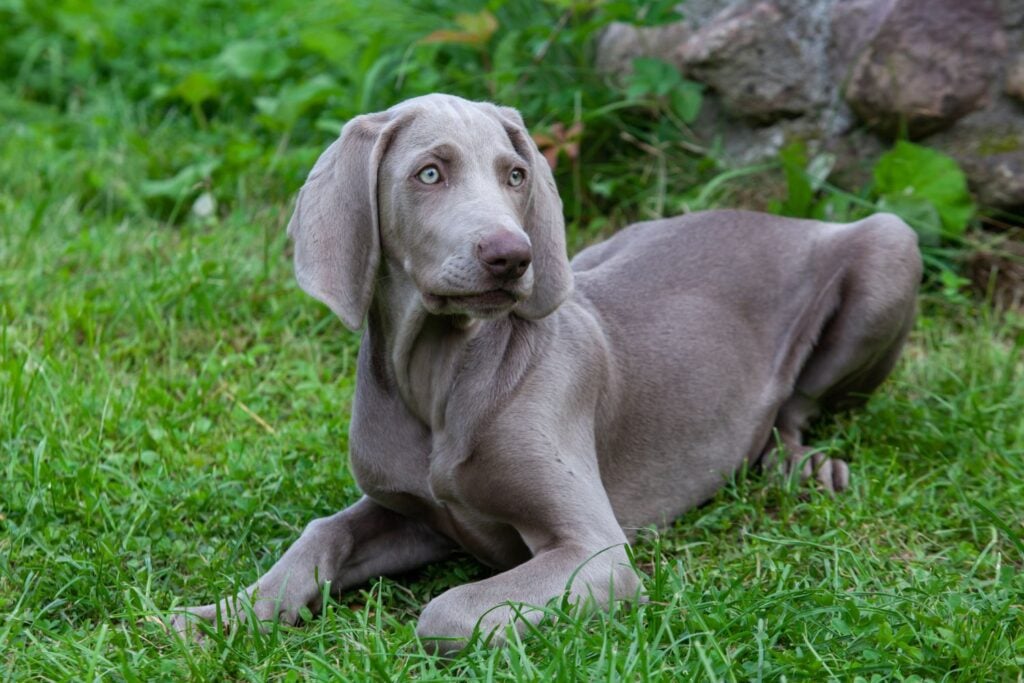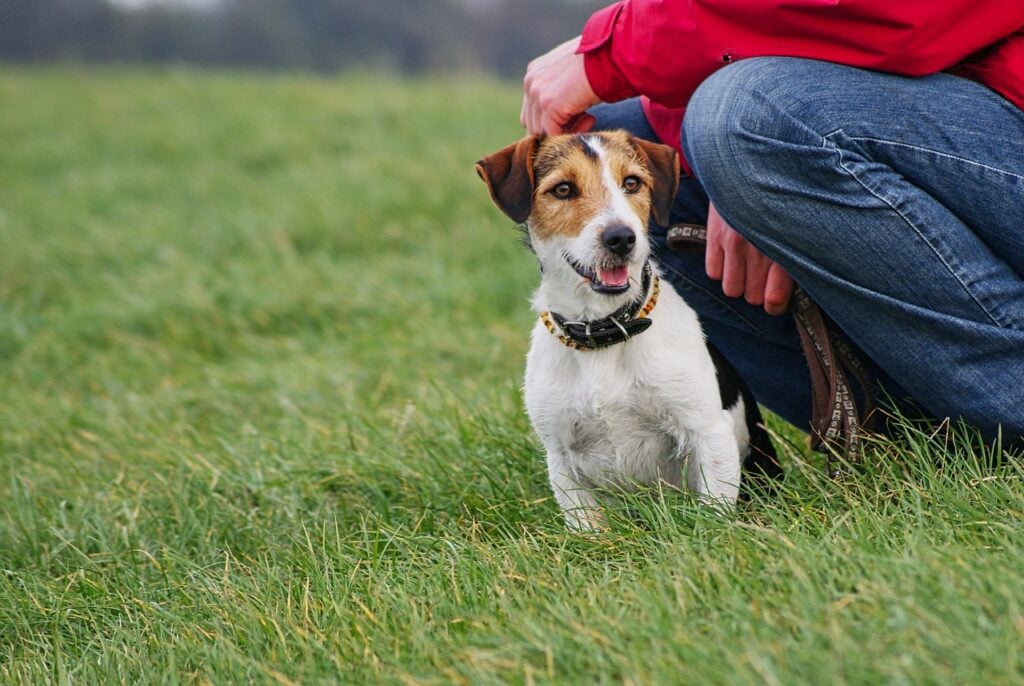Ten breeds families should consider very carefully.

Many families assume every dog can adapt to a lively home filled with clattering toys, running feet and endless bursts of excitement. The reality is that some breeds simply are not built for the unpredictable rhythm of childhood energy. Their instincts, sensitivities or work driven pasts pull them in a direction that clashes with the spirited atmosphere young kids bring. Understanding these tendencies helps families avoid accidental mismatches that could strain both dog and household.
Some of these dogs prefer calm places, others need structure that busy families cannot always maintain. A few guard too intensely, some dislike sudden touch and others communicate discomfort in ways children often miss. By looking closely at temperament and history, it becomes clear why these ten breeds struggle with kid focused homes.
1. Chow Chows rarely handle unpredictable child energy.

Families often admire the plush look of a Chow Chow, yet their desire for personal space is strong enough to cause daily friction. This independent breed finds sudden movements tough to process, especially when those movements come from small kids who have not fully learned gentle boundaries. Their watchful nature makes every new moment feel like a test they did not ask for, and that tension slowly builds inside homes that rarely stay quiet.
As days unfold with the usual family chaos, the Chow Chow may begin withdrawing or guarding its comfort zones more intensely. Parents often miss these subtle changes, thinking the dog is simply calm. In reality the dog is alert and stressed, bracing for each unexpected child driven moment. That steady pressure makes it hard for this breed to settle in a busy household.
2. Akitas often grow uneasy with nonstop household activity.

Akitas carry a commanding presence that seems impressive, but the constant unpredictability of children wears down their tolerance. These dogs favor structure and clear expectations, which rarely match the rhythm of racing footsteps and quick decisions common among kids. That mismatch often pushes Akitas into a guarded mindset, creating tension as they try to monitor everything at once.
Over time the Akita may become more rigid or overly vigilant, behaviors families sometimes mistake as discipline. What looks controlled on the outside can feel overwhelming to the dog on the inside. With their intense nature already running high, the pressure of managing chaotic surroundings becomes too much, making this breed a poor fit for energetic families.
3. Afghan Hounds struggle with rough or unpredictable play.

The elegance of an Afghan Hound masks a sensitive temperament that reacts poorly to sudden or physical interactions. Children often reach quickly, shout excitedly or move without warning, and this breed finds that level of stimulation unsettling. Their history as independent coursing dogs explains why they seek distance when the household grows loud.
As the family dynamic continues shifting throughout the day, the Afghan Hound may retreat to quiet corners or become visibly anxious. That pattern often frustrates families who expect an affectionate companion, not a dog that shies away from attention. The more overstimulating the environment becomes, the more the Afghan Hound pulls back, creating a mismatch that only widens with time.
4. Weimaraners often react poorly to kid driven unpredictability.

High energy defines the Weimaraner, but that energy comes with strong sensitivity. Loud noises, abrupt movements and scattered routines challenge them far more than many families expect. Kids tend to drop toys, race through hallways and shift moods quickly, all of which can send a Weimaraner into nervous overdrive.
As hours pass and stimulation stacks up, these dogs may become clingy or overly reactive, trying to find control in a place that offers little consistency. Their emotional intensity starts to compete with the excitement children naturally bring, and the two forces clash. This makes day to day living difficult, no matter how well trained the dog may be.
5. Shar Peis often remain wary of childish chaos.

Shar Peis carry a naturally cautious temperament that becomes strained inside crowded homes. They analyze every situation, and when kids tumble through the room or change direction suddenly, the dog feels the pressure of constant evaluation. Childlike behaviors that seem harmless to adults can feel intrusive to a Shar Pei.
As time goes on, that wary streak only deepens, especially if the dog feels cornered or overstimulated. These dogs prefer predictability, calm voices and slow approaches. Busy families rarely maintain that environment, and the resulting stress can make this breed guarded. That emotional distance becomes a daily hurdle that families struggle to manage.
6. Jack Russell Terriers clash with unstructured family environments.

Their lively personalities draw many families in, yet Jack Russell Terriers need order more than most people realize. Without clear boundaries, their intensity becomes overwhelming, especially around kids who add noise and motion all day long. Their quick reactions can turn simple family play into chaotic incidents.
Once overstimulation builds, the Jack Russell may redirect energy through nipping, constant barking or restless pacing. None of these behaviors mesh well with young children. Their sharp instincts and rapid responses do not soften in a busy home, making the mismatch clear as the days grow louder and more unpredictable.
7. Caucasian Shepherds bring more protective instinct than families expect.

These dogs were shaped to guard livestock, and that role demanded firm loyalty and strong defensive instincts. Those traits shift uncomfortably when kids compete for attention or move in ways the dog interprets as risky. Even routine child behavior becomes something the dog feels compelled to control.
As the household fills with overlapping sounds and motions, the Caucasian Shepherd may tighten its watch, stepping between kids and everyday activities. Families often underestimate how serious this guarding behavior can become. The dog is not misbehaving, it is fulfilling instincts that do not blend well with raising children.
8. Dalmatians sometimes react strongly to rapid child movement.

Dalmatians look friendly and calm, yet their sensitivity is far higher than most families realize. Sudden motions or loud outbursts make them tense, especially when the noise level keeps rising. Kids unintentionally trigger that sensitivity many times throughout the day.
When overwhelmed, Dalmatians may pace or retreat, or they may become sharply reactive in moments of stress. This creates unpredictable interactions in a home that children expect to feel safe and comfortable. As weeks go by, tension grows, revealing that the breed thrives best in calmer or more structured environments.
9. Shiba Inus rarely tolerate clumsy child interactions.

Shiba Inus enjoy living on their own terms, and that independence rarely pairs well with young kids. Their dislike of sudden touching or unexpected noise becomes obvious early on. Children often misread the dog’s quiet posture as acceptance, which leads to misunderstandings.
Over time those small misunderstandings add up, and the Shiba Inu may begin avoiding shared spaces entirely. Their tendency to guard their personal comfort makes kid centered homes stressful. The constant unpredictability pushes them farther into self protection, widening the gap between family expectations and the dog’s natural needs.
10. Belgian Malinois require structure children cannot consistently offer.

The Belgian Malinois was bred for demanding work that requires focus, discipline and stable direction. These dogs crave challenges and controlled environments, not the loose swirl of children running from task to task. Kid friendly chaos feels like a series of problems the dog must solve, and that creates ongoing tension.
As stimulation increases, the Malinois becomes hyper alert, trying to manage what it sees as disorder. Even simple family play can spark heightened reactions. This pressure builds daily until the dog feels constantly on duty. Families soon realize that this brilliant working breed thrives best in homes where calm structure can be maintained without interruption.
